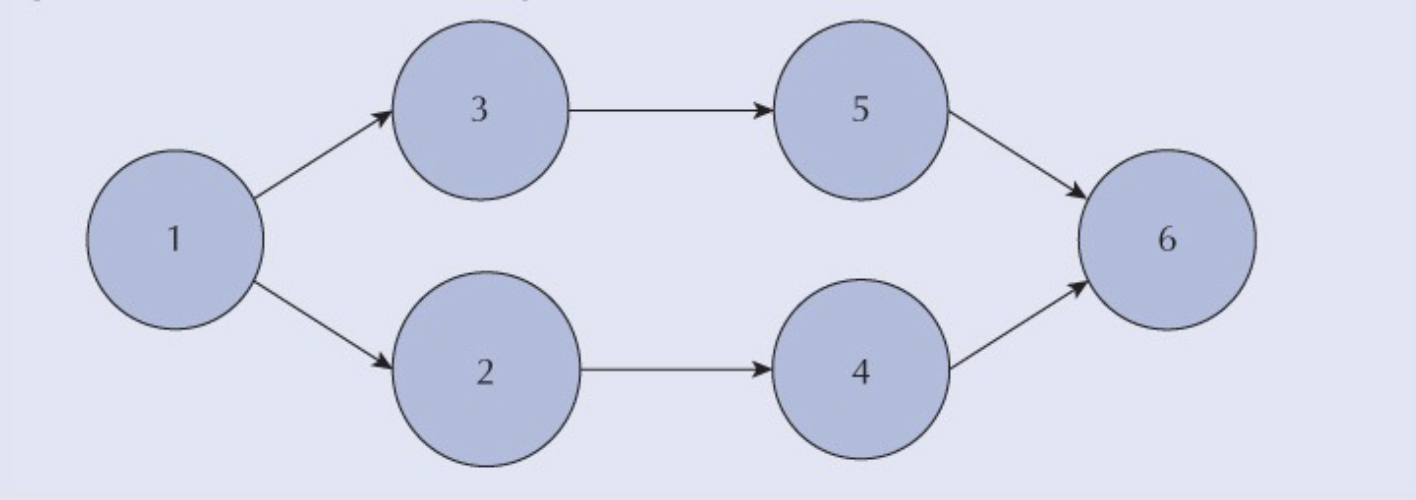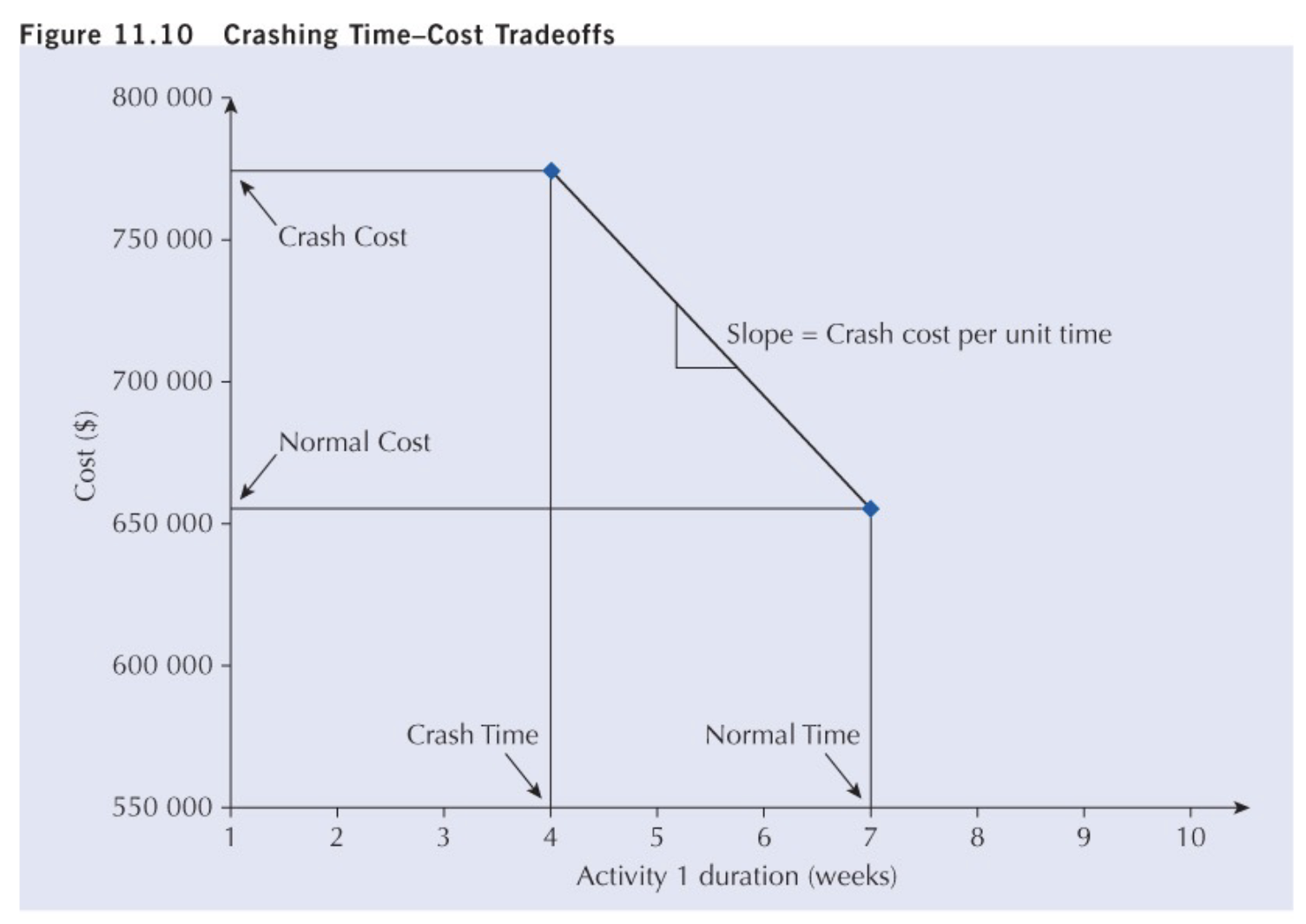Dividing work into stages aids the PM plan activities, resources, performance measures, and deliveries
Stages
- Initiation: nature and scope defined
- Planning: broken down into activities, defining sequence and relationship between activities, and resources
- Execution: work carried out to deliver product or service
- Monitoring and Control
- Closure: ensure customer satisfaction and agreement
Initiation
- Background: Why? Who benefits?
- Objectives: Key project goals – are they measurable
- Methodology: What methodology will be used?
- Justification: Is it feasible? Do benefits outweigh costs?
- Requirements: What are the required features and functions?
- Constraints: What restrictions are there (i.e. time, budget)
- Assumptions: What factors are considered “true”?
- Risks: What uncertainties would impact the project? Controllable?
- Deliverables: What outcomes are necessary to meet objectives?
Planning
- With Initiation phase approved, the PM is responsible for developing a detailed project plan.
Project Plan includes:
- Project Scope
- Project Team
- Work Breakdown Structure
- Project Schedule
- Budget
- Risk Plan
- Communication Plan
Execution
- Actual work of the project is done
- Initiating processes defined in the project plan
- PM selects the team and coordinates people and resources to produce the deliverables
Monitoring and Controlling
- This process takes place through the execution stage
- PM tracks progress such that potential problems are identified and corrective actions taken
Included in this stage are: - Reviewing the project activities
- Monitoring the project constraints
- Identifying corrective actions
- Implementing changes
Closure
- Closure occurs when all activities defined in project charter are completed, project signed off with sponsor, team is disbanded
- Project closure report documents the conclusion of the project, assessing its performance
- “Lessons learned” should be noted
- Documents that the sponsor has accepted final deliverables.
PM Tools
- Tools covered in this section focus on those used in planning a project
- This is the stage at which project viability is analyzed Tools include…
- Work breakdown structures
- Gantt chart
- CPM networks
Work breakdown structures
- Used to organize all of the project work
- Lowest level is “work package” representing a deliverable
- Useful tool to avoiding potential duplication of activities
- Two depictions:
- Diagram that resembles an Organizational chart
- Indented List
Gantt charts
- Gantt charts depict timing and sequence of project activities
- Are simplest, most fundamental tools available
- Consist of a list of work items and a diagram indicating when each item begins and ends
- Start a Gantt chart from the WBS
- Each activity is a row Bars indicate the activities (showing their start and end)
- Diamonds indicate an event (Milestone)
Critical Path Method
- Gantt leads to development of sophisticated methods:
- CPM (Critical Path Method)
- PERT (Project Evaluation and Review Technique)
- PERT designed to add uncertainty to task times
- Project activities are represented by “nodes” (AON) or “arcs” (AOA)

-
Second style is “activity on node” (AON)
-
Nodes represent the activities instead of the arcs
-
This is the most popular method – used from now on

-
Critical path: A path in the project diagram with the highest completion time
-
The sum of activity durations on the critical path determines the completion time of the project
-
Any delay on critical path will lead delay in project completion
-
Activities on the critical path are called critical activities and these activities have no flexibility on start and finish as any delay will be delay on project completion Some Definitions
-
: Activity duration
-
: Earliest start of an activity will be the maximum between the earliest finish of all predecessor activities
-
: Earliest Finish
-
: Latest finish, the minimum of latest starts of all activities that are successor of this activity
-
: Latest start,
-
Total Float or Slack: flexibility on start or finish of an activity that will not lead delay on project completion time
-
Critical activity: Activity which has no flexibility on start and finish and any delay on this activity will lead to delay on project completion. The slack of critical activities is zero.
Project Scheduling and the Critical Path Method
Critical path calculations:
- Phase 1: start from the begin node by setting the start time of the project as zero and by moving forward obtain the earliest start and finish times of activities
- Phase 2: start from the end node by setting the latest finish of the project as the maximum of the latest finish of the activities which have no successor and then by moving backward obtain the latest finish and start times of activities
Project Crashing & Time-Cost Tradeoffs
-
Strength of CPM is mechanism for crashing project
-
i.e. reduce completion time with additional resources
-
Resources can be overtime, extra equipment, additional staff
-
All at greater cost.
-
The activities on the critical path need to be crashed first
-
We want to identify activities that are the least expensive to shorten
-
Shorten the max amount (or until another CP occurs)
-
Repeat until the desired project completion is attained
-
Use crash cost / unit time to know what activities to crash
-
This assumes a linear relationship
